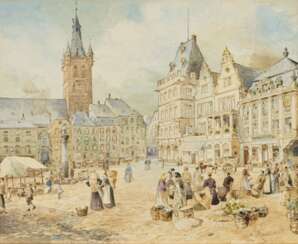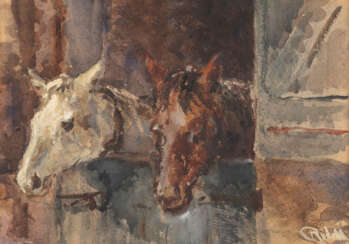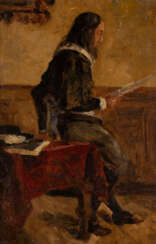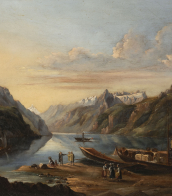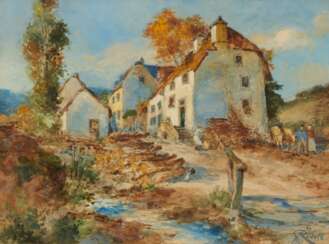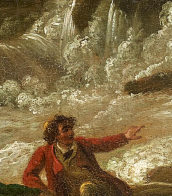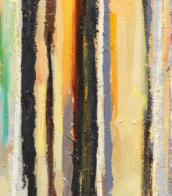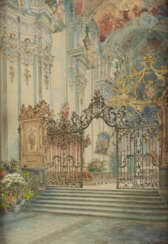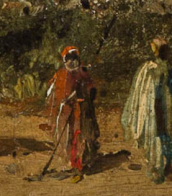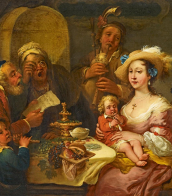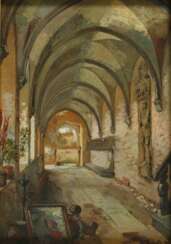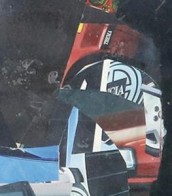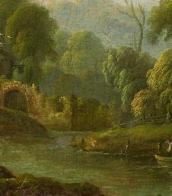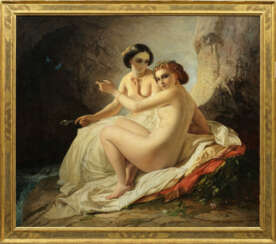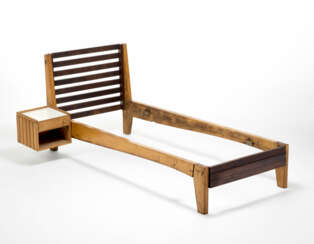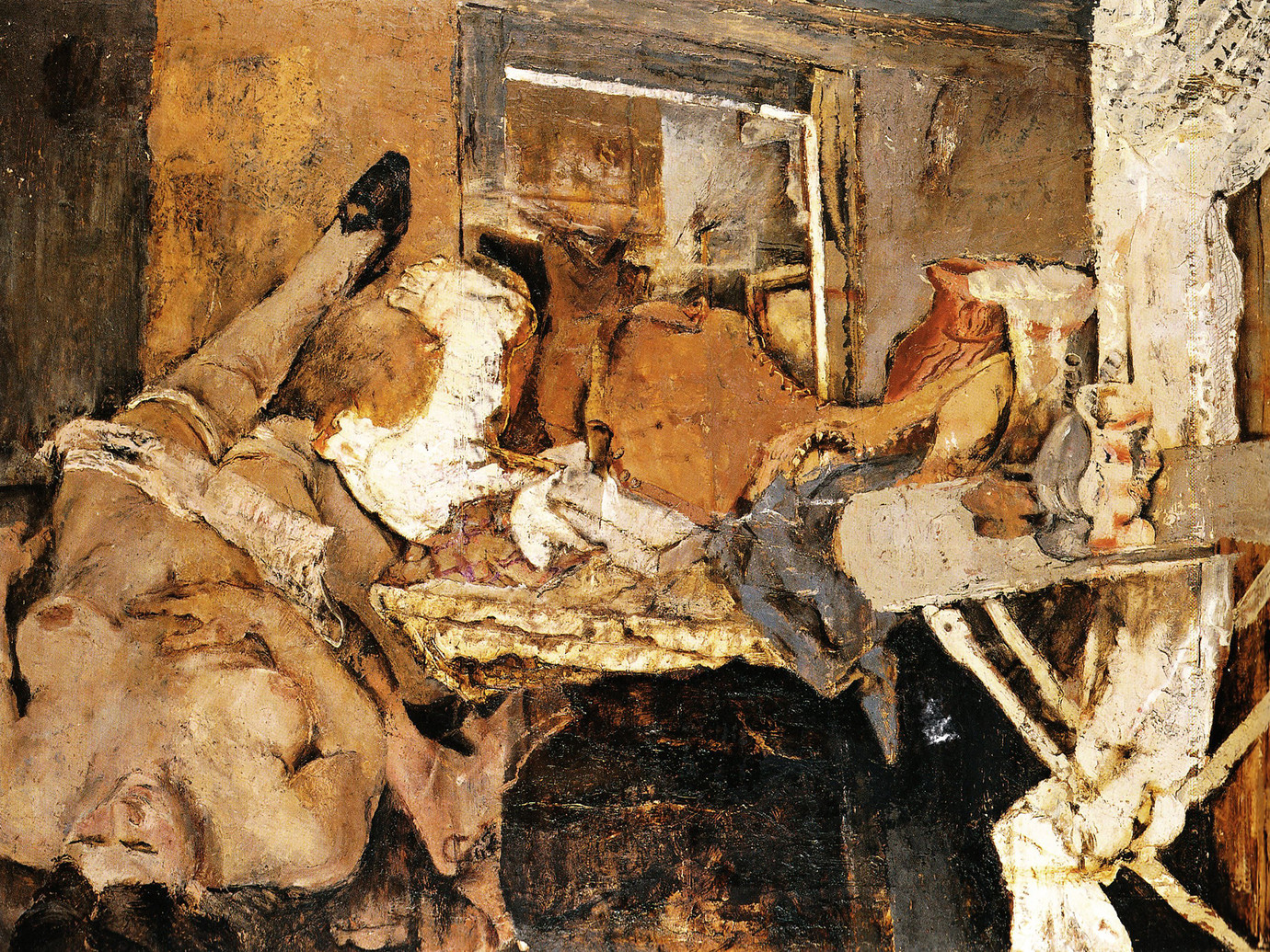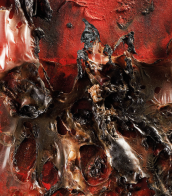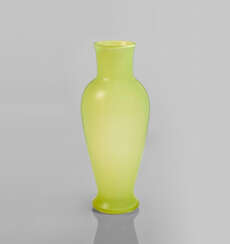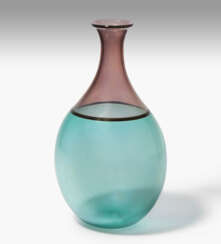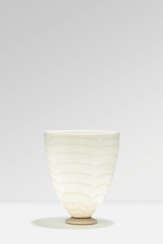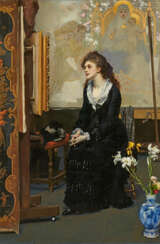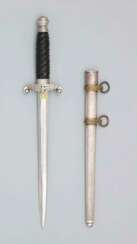carl rüdell
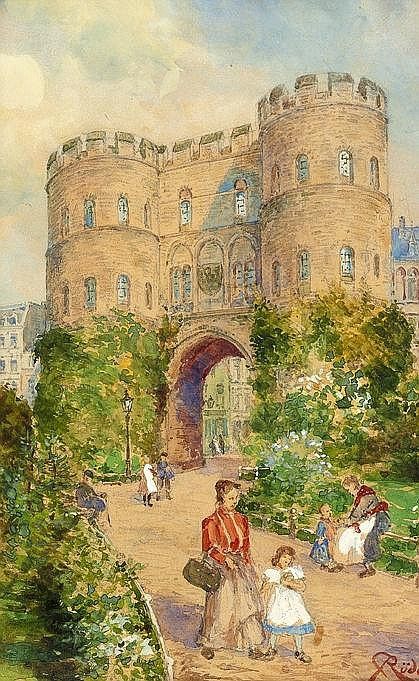



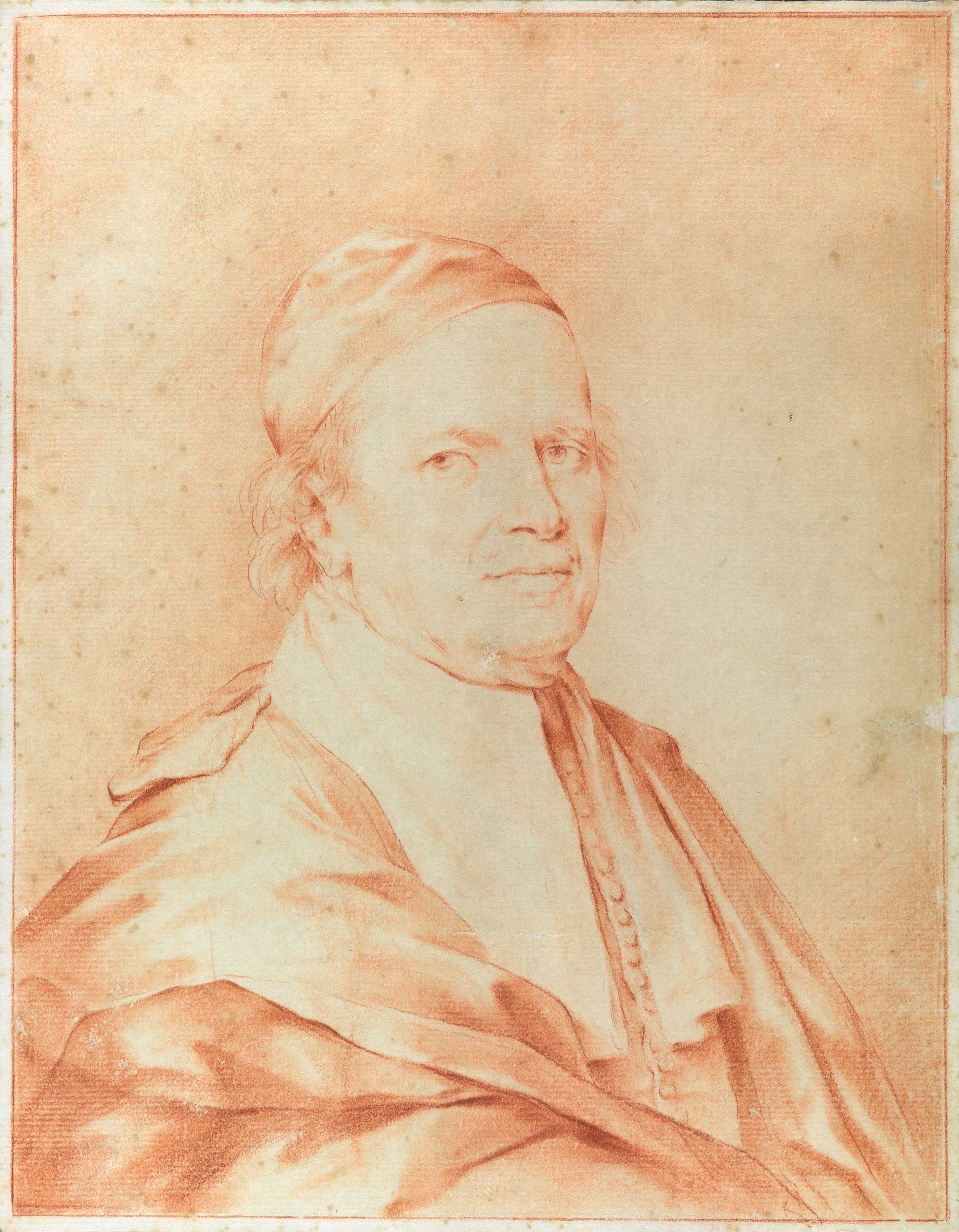
Carlo Cignani was an Italian painter, a representative of the Bolognese Baroque school.
Although he was educated in Bologna, he was more influenced by Correggio. The last 20 years of his life the artist spent in Forli, engaged in painting churches. The fresco "Assumption of the Virgin" in the dome of the cathedral of Forlì was painted by Cignani on the motives of the painting of the dome of the Cathedral of Parma, made by Correggio.
His son Felice (1660-1724) and nephew Paolo (1709-1764) were also artists.
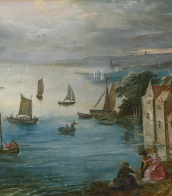
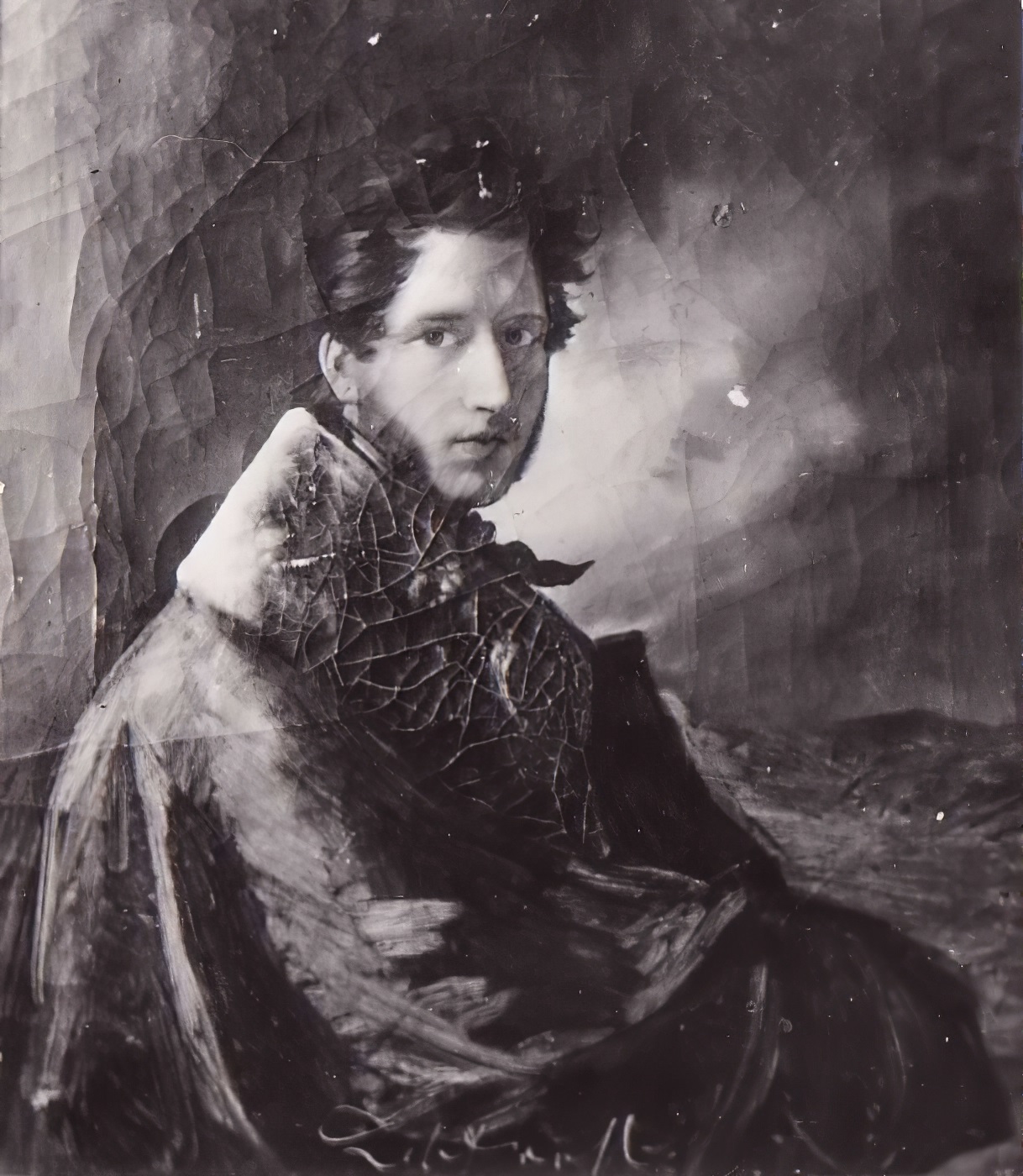
Carl Timoleon von Neff (Russian: Тимофей Андреевич Нефф) was a Baltic German painter, known for his mastery in religious, portrait, and allegorical themes. Born in 1804 in Püssi, Estonia, Neff's talent led him to study under renowned artists in Italy and Germany, honing a style that blended academic and neoclassical influences.
Neff's works are particularly revered for their delicate handling of religious subjects and the regal elegance of his portraits. He became a favored artist at the Russian court, contributing significantly to the art collection of the Imperial family. Among his notable works, the altarpieces in the palace church at Peterhof and the St. Michael's Castle in Saint Petersburg stand out, showcasing his skill in creating spiritually profound and aesthetically pleasing compositions.
For art collectors and experts, Neff's paintings not only represent a fusion of religious devotion and artistic finesse but are also a testament to the rich cultural interplay in 19th-century Russian art. Those interested in exploring or acquiring pieces by Carl Timoleon von Neff should consider signing up for updates on new sales and auction events specifically related to his works. This ensures you remain informed about the availability of his influential and sought-after pieces.

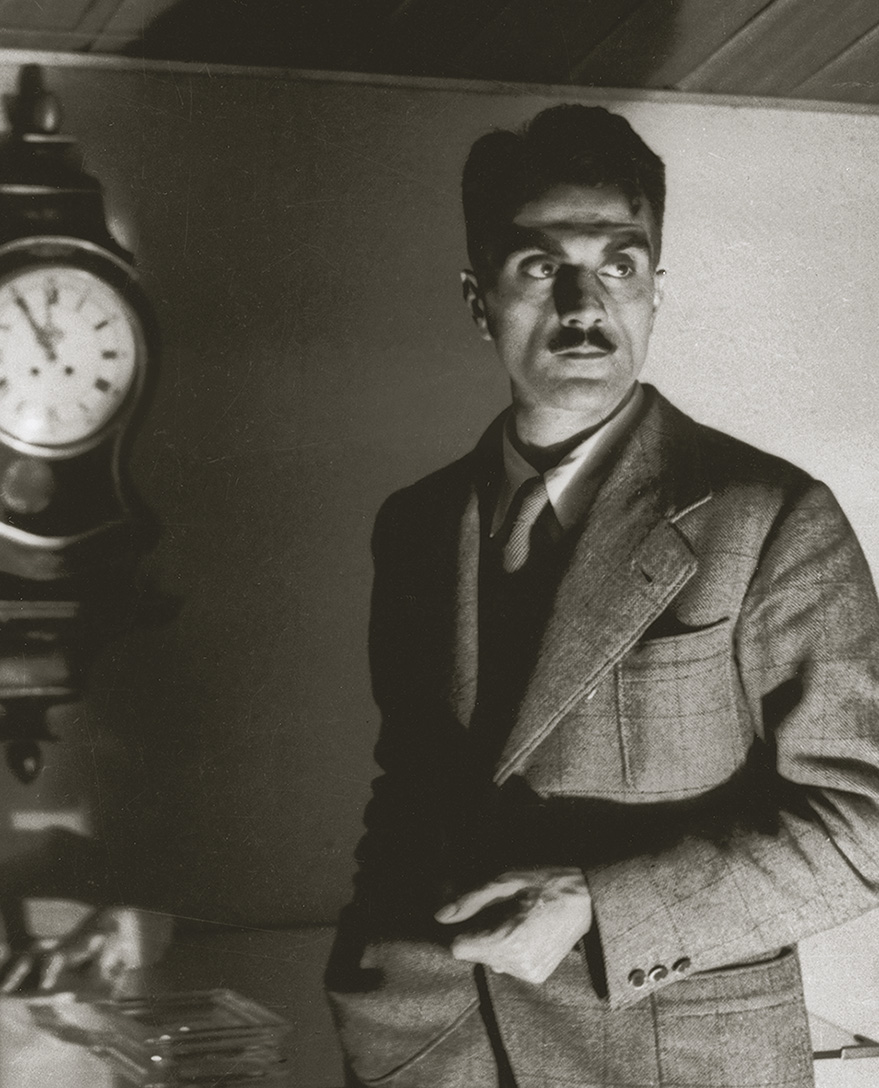
Carlo Mollino was an Italian architect, designer, photographer and educator.
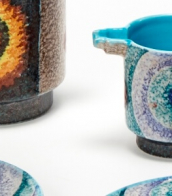

Carlo Mollino was an Italian architect, designer, photographer and educator.
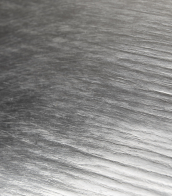

Carlo Mollino was an Italian architect, designer, photographer and educator.

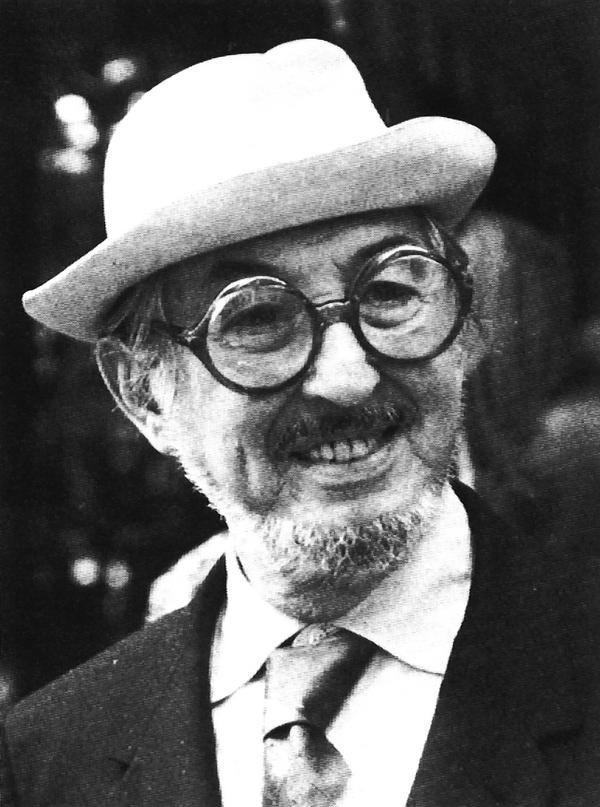
Carlo Scarpa was an Italian architect, influenced by the materials, landscape and the history of Venetian culture, and by Japan. Scarpa translated his interests in history, regionalism, invention, and the techniques of the artist and craftsman into ingenious glass and furniture design.
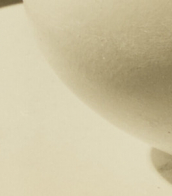

Carlo Scarpa was an Italian architect, influenced by the materials, landscape and the history of Venetian culture, and by Japan. Scarpa translated his interests in history, regionalism, invention, and the techniques of the artist and craftsman into ingenious glass and furniture design.


Carlo Scarpa was an Italian architect, influenced by the materials, landscape and the history of Venetian culture, and by Japan. Scarpa translated his interests in history, regionalism, invention, and the techniques of the artist and craftsman into ingenious glass and furniture design.
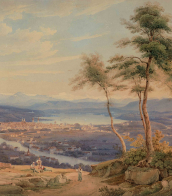

Carlo Scarpa was an Italian architect, influenced by the materials, landscape and the history of Venetian culture, and by Japan. Scarpa translated his interests in history, regionalism, invention, and the techniques of the artist and craftsman into ingenious glass and furniture design.


Carlo Scarpa was an Italian architect, influenced by the materials, landscape and the history of Venetian culture, and by Japan. Scarpa translated his interests in history, regionalism, invention, and the techniques of the artist and craftsman into ingenious glass and furniture design.

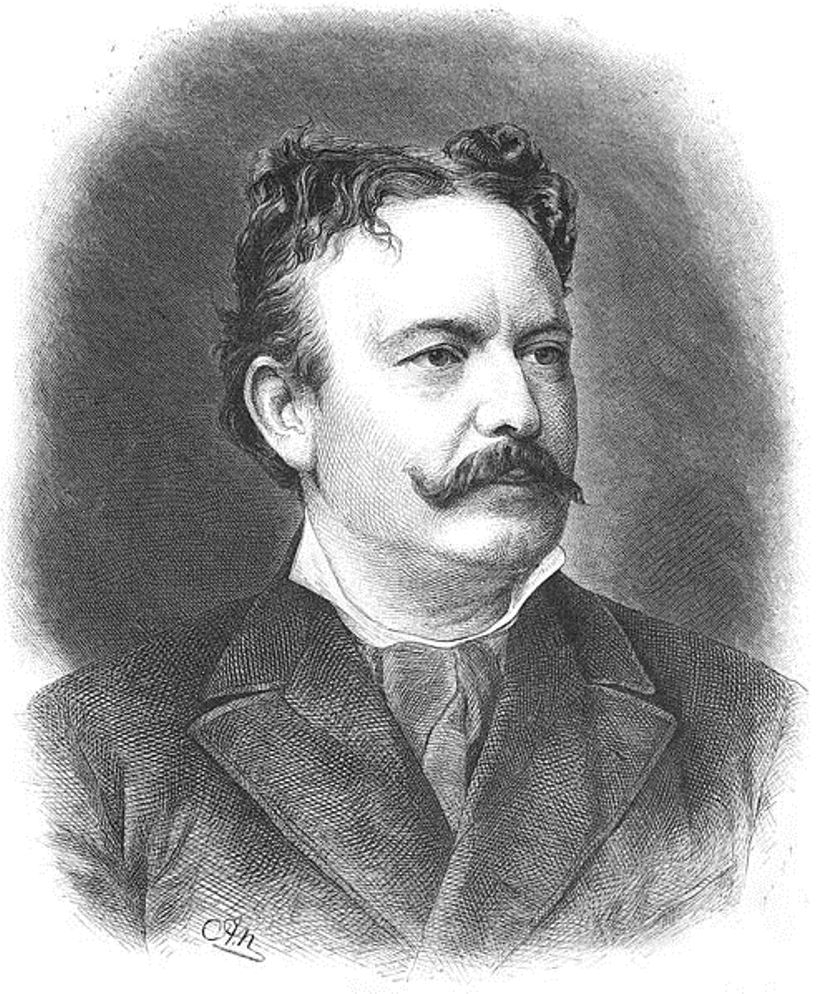
Karl Gussow or Carl Gussow was a German realist painter of the 19th century.
Gussow began his painting studies at the Saxon Art School in Weimar and traveled to Italy. He later worked with the Belgian painter-historian Ferdinand Pauwels, who greatly influenced his style.
Gussow was active as a genre and portrait painter. Over time, his work became characterized by an almost photographic realism, which was not only admired but also criticized, as it was a completely new direction.
Karl Gussow lived in Karlsruhe and Berlin, where he maintained a private ladies' studio, later founding another private painting school. He obtained a position at the Karlsruhe Academy of Fine Arts, also worked at the Prussian Academy of Fine Arts and taught at the Munich Academy of Fine Arts.

